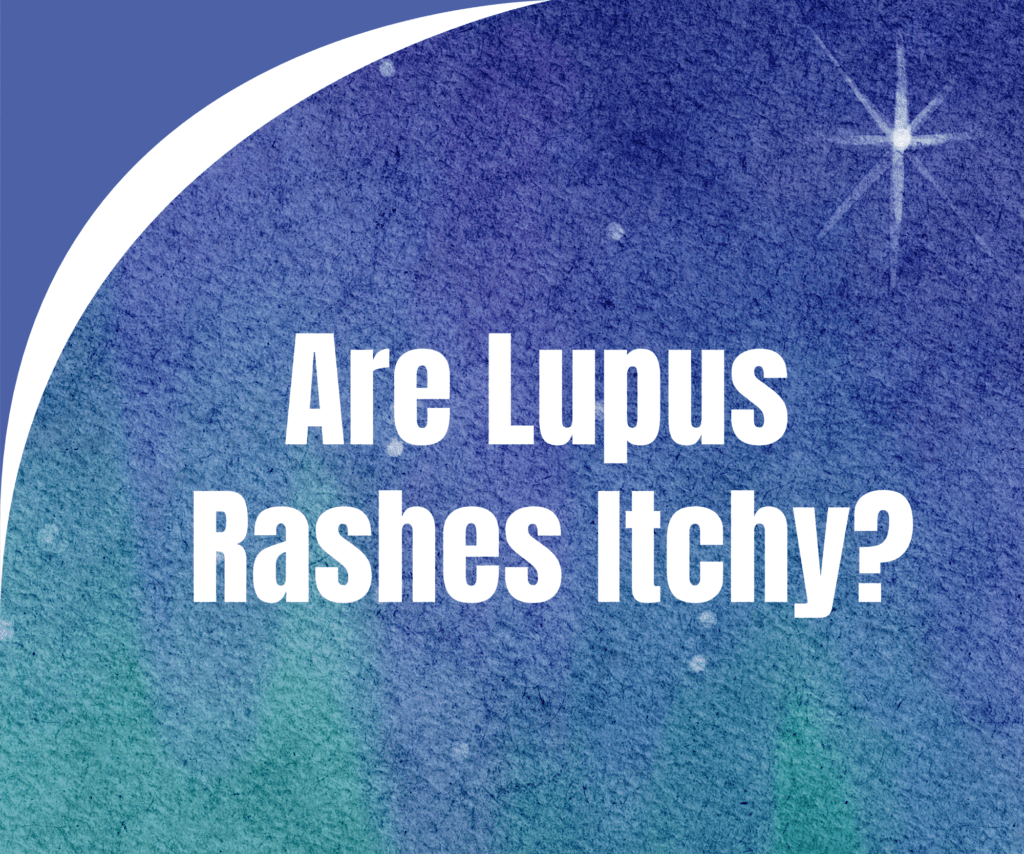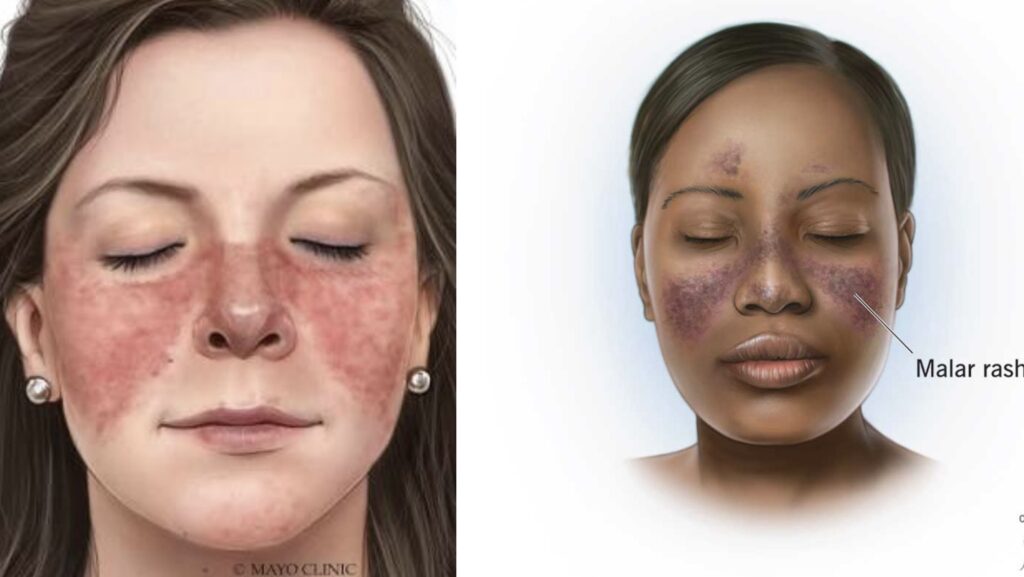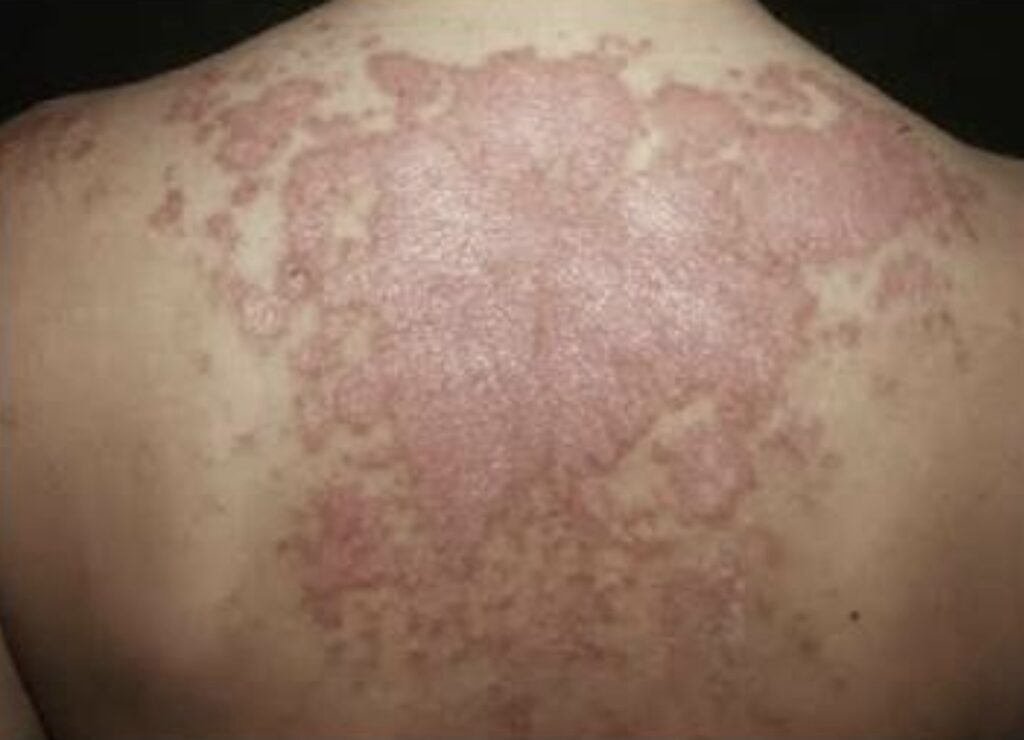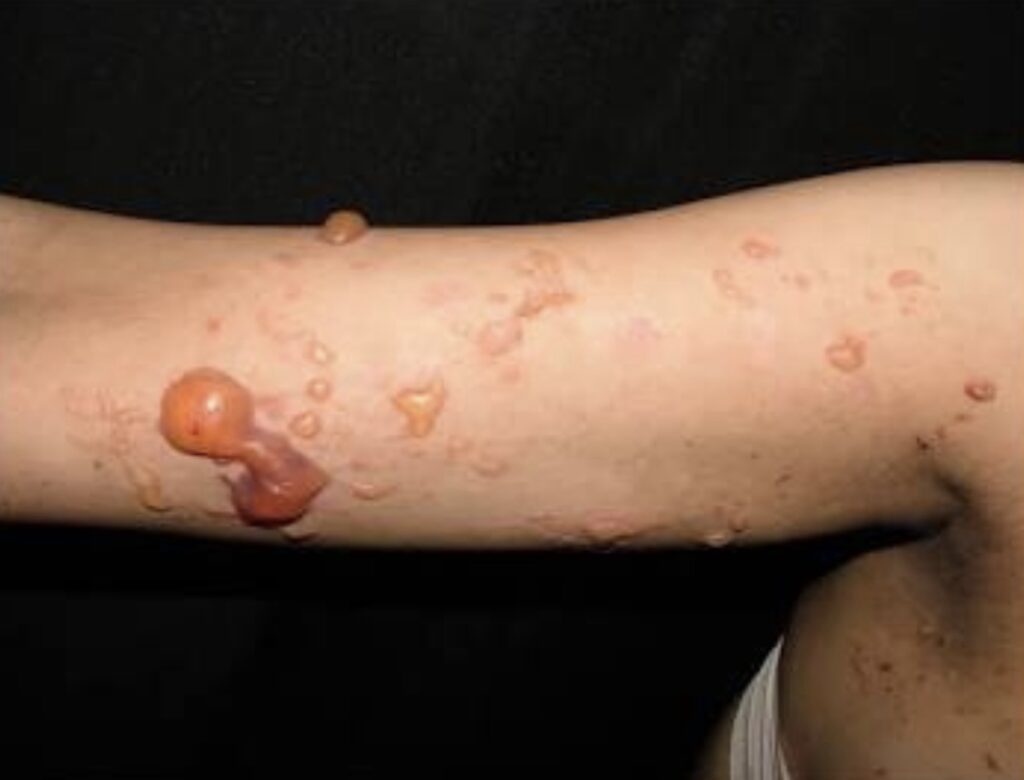
Lupus, an autoimmune disease, often manifests through skin-related symptoms, with rashes being one of the most common. A frequent question among patients is: Are lupus rashes itchy? The answer is—sometimes. Lupus rashes can vary in appearance, sensation, and severity. In this post, we’ll explore the different types of lupus rashes, why they occur, how to prevent flare-ups, and the best ways to manage and heal them.
Are Lupus Rashes Itchy?
While not all lupus rashes cause itching, some do. The level of itchiness depends on the type of rash:

- Malar (Butterfly) Rash – Typically appears across the cheeks and nose; usually not itchy but may feel warm or tender.

- Discoid Lupus Rash – Raised, scaly, and coin-shaped; can be itchy and may scar if scratched.

- Subacute Cutaneous Lupus – Red, scaly patches or ring-shaped lesions; often photosensitive and sometimes itchy.

- Bullous Lupus Rash – Rare, with fluid-filled blisters that may itch or burn.
Why Do Lupus Rashes Occur?
Lupus rashes develop due to inflammation triggered by the immune system attacking healthy tissues. Common triggers include:
- Sun exposure (UV light) – A major cause of flare-ups.
- Stress – Emotional or physical stress can worsen symptoms.
- Infections – May provoke immune responses leading to rashes.
- Certain medications – Some drugs increase photosensitivity.
How to Prevent Lupus Rashes
While not all rashes can be avoided, these steps can minimize flare-ups:
- Sun Protection – Wear broad-spectrum SPF 50+ sunscreen, hats, and protective clothing.
- Avoid Triggers – Identify and reduce exposure to personal triggers (e.g., stress, certain foods).
- Gentle Skincare – Use fragrance-free, hypoallergenic products to avoid irritation.
- Stay Hydrated – Dry skin can worsen rashes; moisturize regularly.
- Medication Adherence – Follow prescribed treatments (e.g., hydroxychloroquine) to control inflammation.
How to Heal Lupus Rashes
If a rash develops, these approaches can help soothe and heal it:
- Topical Steroids – Hydrocortisone or prescription creams to reduce inflammation.
- Antihistamines – For itchy rashes (e.g., Benadryl or non-drowsy options like cetirizine).
- Cool Compresses – Apply a damp, cool cloth to reduce redness and itching.
- Moisturize – Use ceramide-based creams to repair the skin barrier.
- Medical Treatment – For severe rashes, consult a dermatologist or rheumatologist for stronger medications (e.g., immunosuppressants).
Final Thoughts
Lupus rashes can be itchy, painful, or simply a visual concern, depending on the type. By understanding your triggers, protecting your skin, and following medical advice, you can better manage flare-ups and maintain healthier skin. If you experience persistent or worsening rashes, always seek professional medical guidance.
Have you dealt with lupus rashes? Share your tips and experiences in the comments below!

